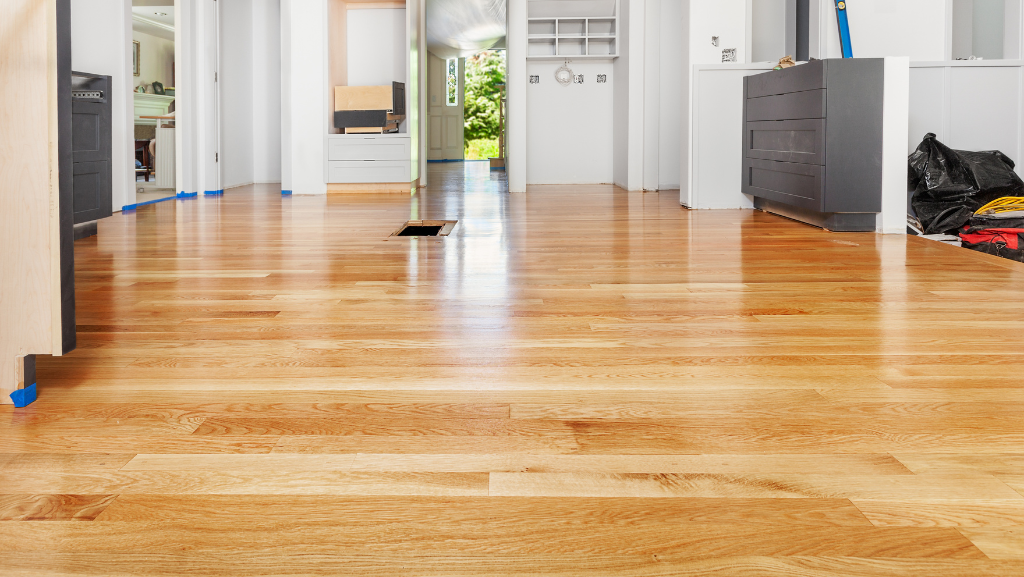Choosing Between Two Premium Hardwood Options
Hardwood flooring adds lasting value, warmth, and beauty to any space—but selecting the right type can be a daunting decision. One of the first choices homeowners and contractors must make is whether to install prefinished flooring or unfinished flooring. While both options offer the timeless appeal of solid or engineered wood, they come with distinct differences in appearance, installation, and maintenance.
In this guide, we’ll break down the key pros and cons of each to help you determine which is right for your home or project.
What Is Prefinished Flooring?
Prefinished hardwood flooring is manufactured, sanded, stained, and sealed in a controlled factory environment before it ever reaches your home. Each plank arrives ready to install, with a durable finish already applied.
Benefits of Prefinished Flooring:
-
Faster Installation: Since there's no need to sand or stain the boards on-site, installation is much quicker—ideal for tight timelines or remodels.
-
Less Mess, No Odors: Avoid the dust, fumes, and drying time that come with finishing floors in your home.
-
Durable Factory Finish: Prefinished floors often use UV-cured aluminum oxide finishes that are tougher than most site-applied options.
-
Consistent Appearance: Color and texture are controlled in the factory, resulting in a more uniform look across planks.
Considerations:
-
Limited Customization: You’re restricted to the colors and sheens available from the manufacturer.
-
Micro-Bevels: Prefinished planks often have slight beveled edges, which can create small grooves between boards.
What Is Unfinished Flooring?
Unfinished hardwood flooring is raw wood delivered to the job site, where it’s sanded, stained, and sealed after installation. This method allows full customization and is commonly used in high-end custom homes or historical restorations.
Benefits of Unfinished Floorings:
-
Total Customization: Choose your stain, finish, sheen, and sealant for a one-of-a-kind result tailored to your design vision.
-
Seamless Look: On-site sanding removes any height variations and creates a smooth, flat surface with no grooves.
-
Better for Matching Existing Floors: Ideal when you’re trying to extend or blend into older hardwood.
Considerations:
-
Longer Installation Time: Sanding, staining, and finishing can take days or even weeks, especially when allowing for drying time between coats.
-
More On-Site Disruption: Expect dust, strong odors, and the need to vacate the space during the finishing process.
-
Finish May Be Less Durable: Site-applied finishes, while beautiful, may not be as hard-wearing as those done in a factory.
Which One Should You Choose?
The best option depends on your project needs, design goals, and timeline:
| Scenario | Best Option |
|---|---|
| Need a quick install? | Prefinished flooring |
| Want full control over stain and sheen? | Unfinished floorings |
| Remodeling just one room? | Prefinished flooring |
| Installing in a luxury or historic home? | Unfinished floorings |
| Concerned about mess or odors? | Prefinished flooring |
| Matching an existing floor or trim? | Unfinished floorings |
Why TongueandGroove.com Is Your Best Source for Either
Whether you lean toward prefinished flooring for its convenience or unfinished flooring for its custom appeal, TongueandGroove.com offers handcrafted, American-made options that deliver both form and function. Our team works with you from concept to completion, helping you select the wood species, format, and finish that suits your unique space.
We specialize in tongue and groove flooring that’s engineered for stability, designed for beauty, and milled for a perfect fit.



